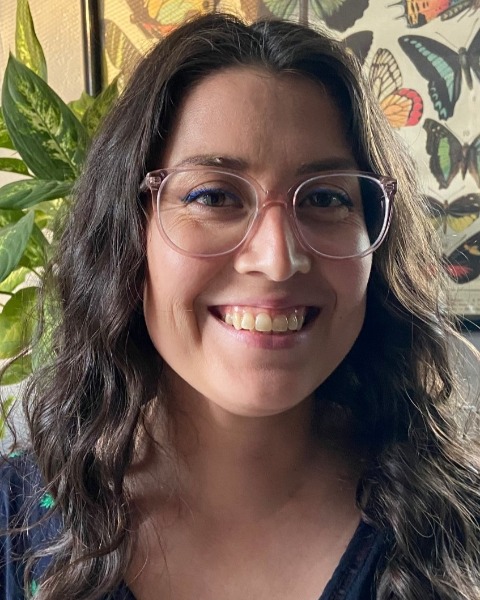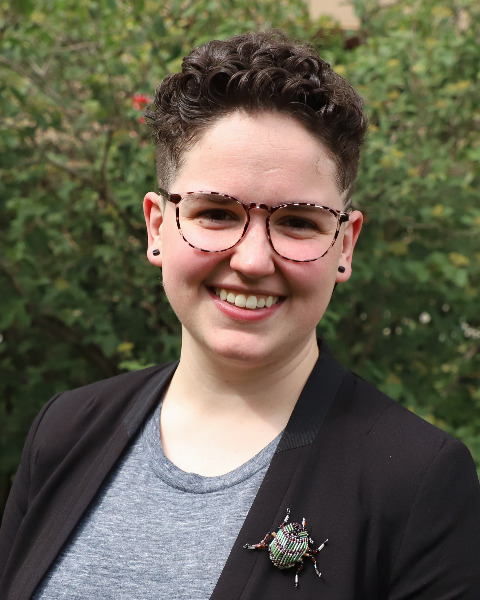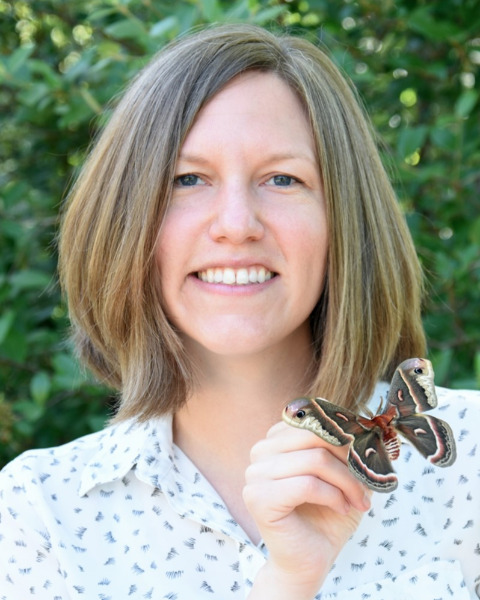Student 10-Minute Paper
Plant-Insect Ecosystems
Student Competition
Student
Pollinator community composition in conservation grasslands and adjacent croplands of west central Nebraska

Araceli Gomez (she/her/hers)
Graduate Student
University of Nebraska
North Platte, Nebraska
Hannah E. Stowe
PhD Student
University of Nebraska
Lincoln, Nebraska- AS
Autumn Smart
Research Assistant Professor
University of Nebraska
Lincoln, Nebraska 
Julie Ann Peterson
Professor
University of Nebraska
North Platte, Nebraska
Presenting Author(s)
Co-Author(s)
Pollinators play a key role in supporting the health and functioning of ecosystems by providing pollination services to both natural habitats and the agricultural industry. Habitat fragmentation, land conversion, pesticide use, and row crop farming are some of the largest drivers of recent global pollinator population declines. Perennial mixed forb and grassland habitats in agricultural landscapes are therefore crucial to the conservation of pollinators and the connectivity of habitats in intensely farmed landscapes. This study aims to understand the effects of land use on pollinator community composition in perennial grasslands and crop fields in West Central Nebraska. We collected active bee flower visitors using targeted capture and bees collected using passive sampling (sticky traps) to determine diversity and abundance of pollinators in grasslands and their adjacent crop fields. Five bee families were represented in the specimens collected with the family Halictidae being the most species rich and abundant. A few notable species include: Melecta thoracica, Dieunomia apacha, Osmia cyaneonitens, and Protandrena abdominalis as a state record for Nebraska. The wild bee community of West Central Nebraska is diverse and contains species that are well known in the state, but also rare and understudied species. Understanding the pollinator composition and the resources they utilize will allow for targeted conservation efforts and management strategies.

.png)

